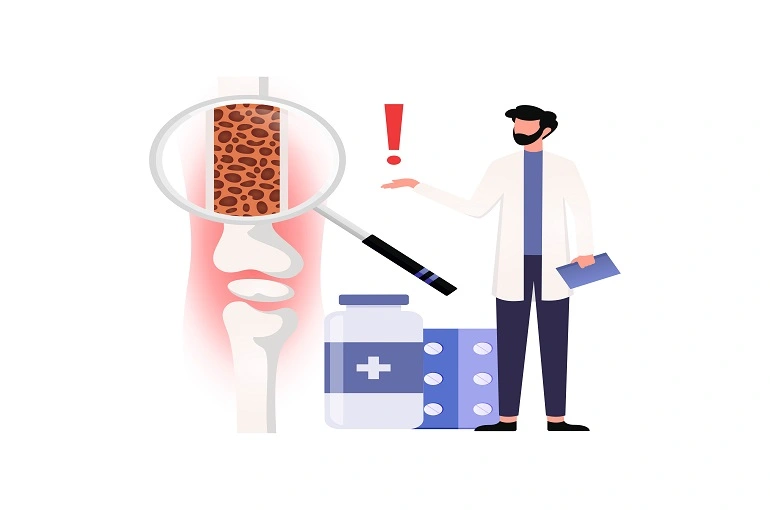
A bone infection is a bacterial or fungal infection of the bone. Despite being rare, this bone infection nonetheless causes a person a great deal of agony and discomfort. The hip, spine, feet, legs, and arms are the most common locations for these bone infections. Bone infections can affect people of all ages, but mainly young children and the elderly, according to the orthopedic surgeon in Baner.
Infection in the bones typically happens when bacteria and fungi in the body come into contact. They enter the body and spread their action throughout the entire body. The fragile organ begins to produce yellow pus, which erodes the body's fortitude. Let's now examine the four primary categories of bone and joint infections that can damage the body's bones and joints.
Osteomyelitis: bone inflammation
Osteomyelitis is the medical word for the bone infection. This is a common infection of the bone, and elderly individuals who have osteoporosis are especially at risk of contracting it. The severity of osteomyelitis depends on the diagnosis. The staphylococcus bacteria were responsible for this infection in the bone.
Septic arthritis: Infection of the joint
Septic arthritis is a common joint infection due to Staphylococcus aureus (staph). The specialists have proposed animal bites as an alternative reason. To receive treatment, a person must take anti-fungal medications and adhere to the advice of medical professionals. The dietitian suggested taking the medication and eating lots of fruits, vegetables, and foods high in protein.
Diabetes individuals, young people, and older people have all been known to develop discitis. They are especially susceptible to this bone infection, which typically affects the body's spinal column. While moving, the patient experiences discomfort due to the pain.
The following is a list of the main risk factors for bone infection:
The two main causes of bone infections are bacteria and fungi.
People with weakened immune systems are more susceptible to contracting the virus, particularly if they suffer from conditions like osteoporosis.
The contaminated syringe and open pores were also to blame for contact with the infections in the past if they underwent surgery using invasive methods and punctured techniques.
Poor cleanliness and an unsafe environment are the other non-medical risk factors, both of which can result in a number of health issues, including bone infections.
Symptoms serve as alerts that bone health should take precedence, and early diagnosis spares a person from suffering. Now, if you exhibit any of the following symptoms of a bone infection, you shouldn't disregard them:
If you have neglected these widespread signs, the bone may eventually stop growing. The meaning of this medical word is that there is no movement or blood flow. After examining the symptoms and warning signals, one can avoid a major procedure and excruciating suffering.
Measures to Prevent Bone Infection -
Conclusion -
An illness can physically and mentally devastate a person, and it can also stop them from performing many common chores. Understanding the different types of bone infections and the warning signs is important information to have. We have covered this subject in great detail today. An individual can take precautions now, before the situation worsens, with the use of this guidance. Experts can evaluate your bones and any associated problems, and if you are looking for the orthopedic doctor near me, then DR. Sumitz is the orthopedic clinic in baner for improved bone health care. Keep in touch for more!
FAQs
What are the symptoms of a bone infection in the foot?
The symptoms of the bone infection in the foot are mentioned below:
1. How long does it take for a bone infection to heal?
As per the orthopedic doctor in Pune, the bone infection takes a minimum of 3 to 5 days and a maximum of 12 weeks.
2. What kind of foods should you consume to prevent bone infections?
Some of the most popular foods that are nutrient-rich and advised by doctors during bone infections are green leafy vegetables, fruits, dairy products, meats, and fish.